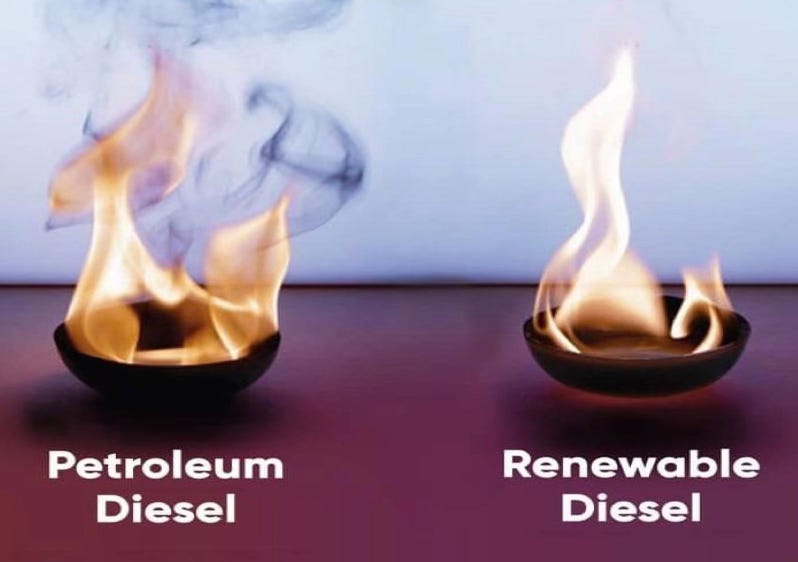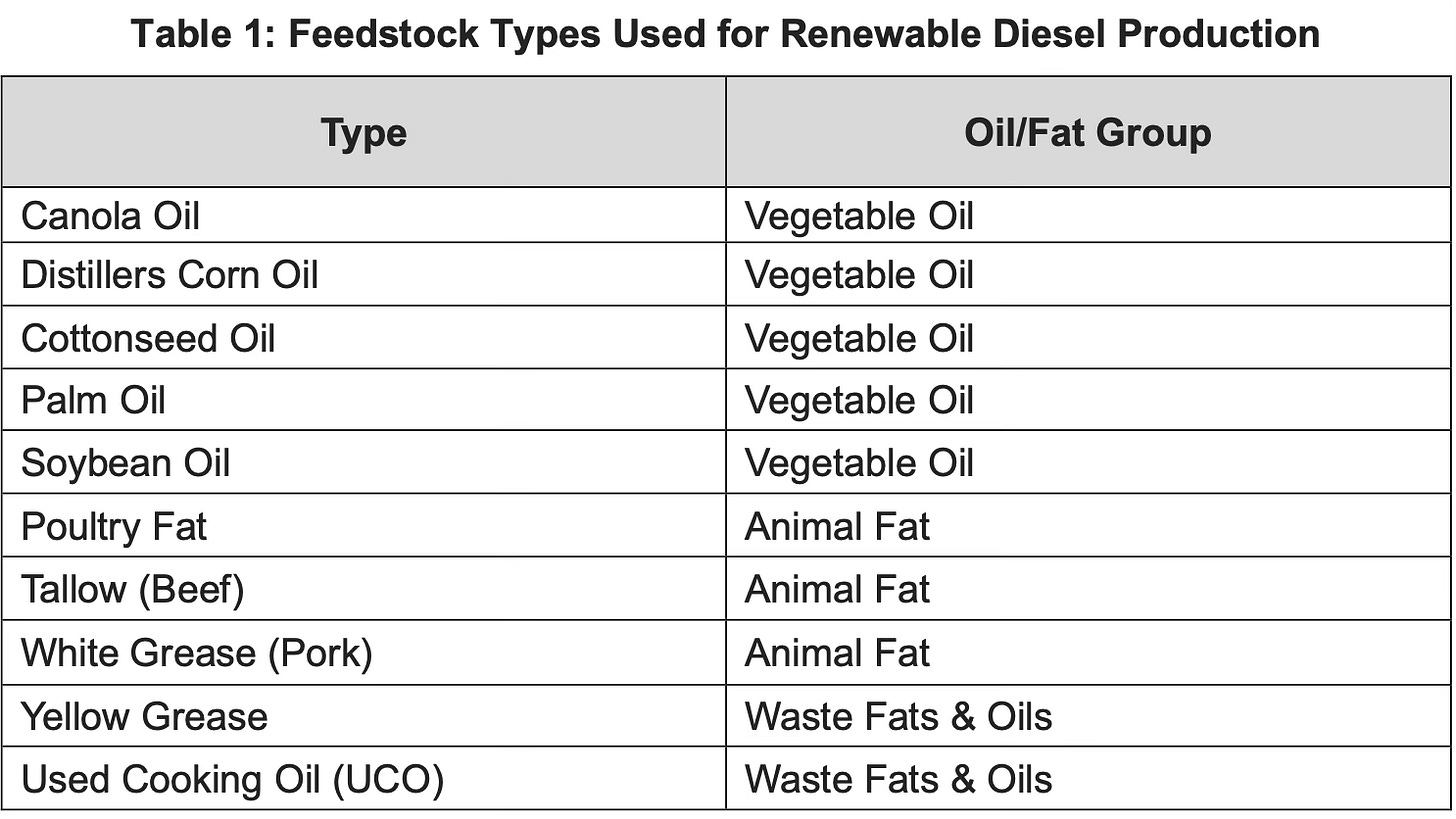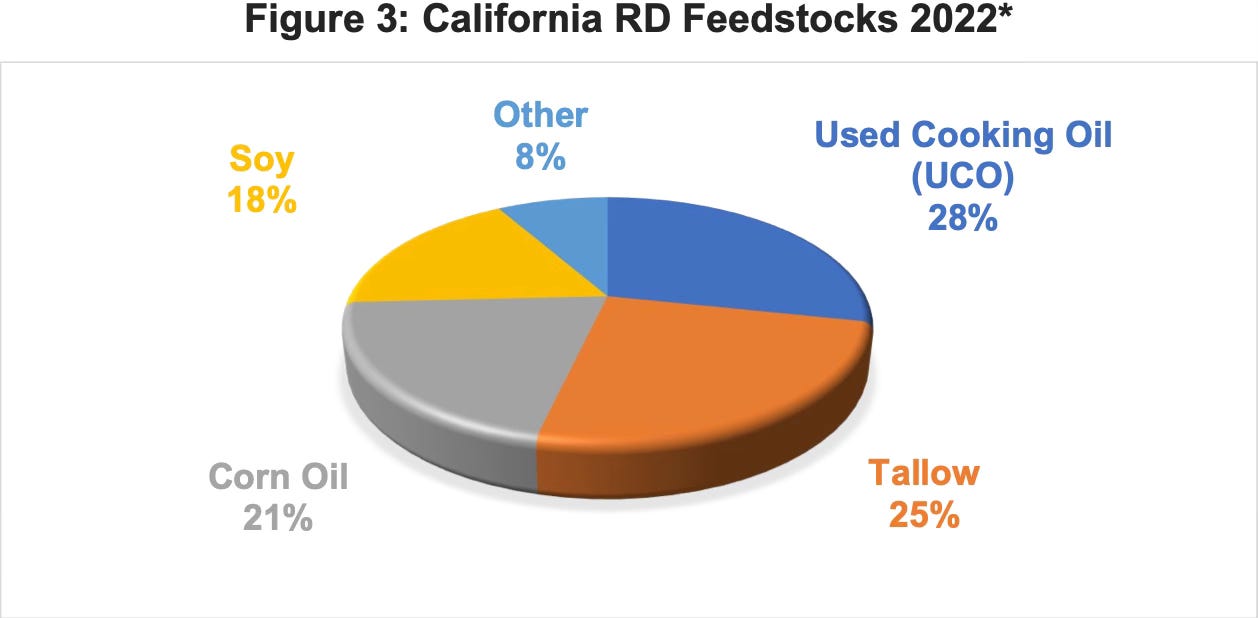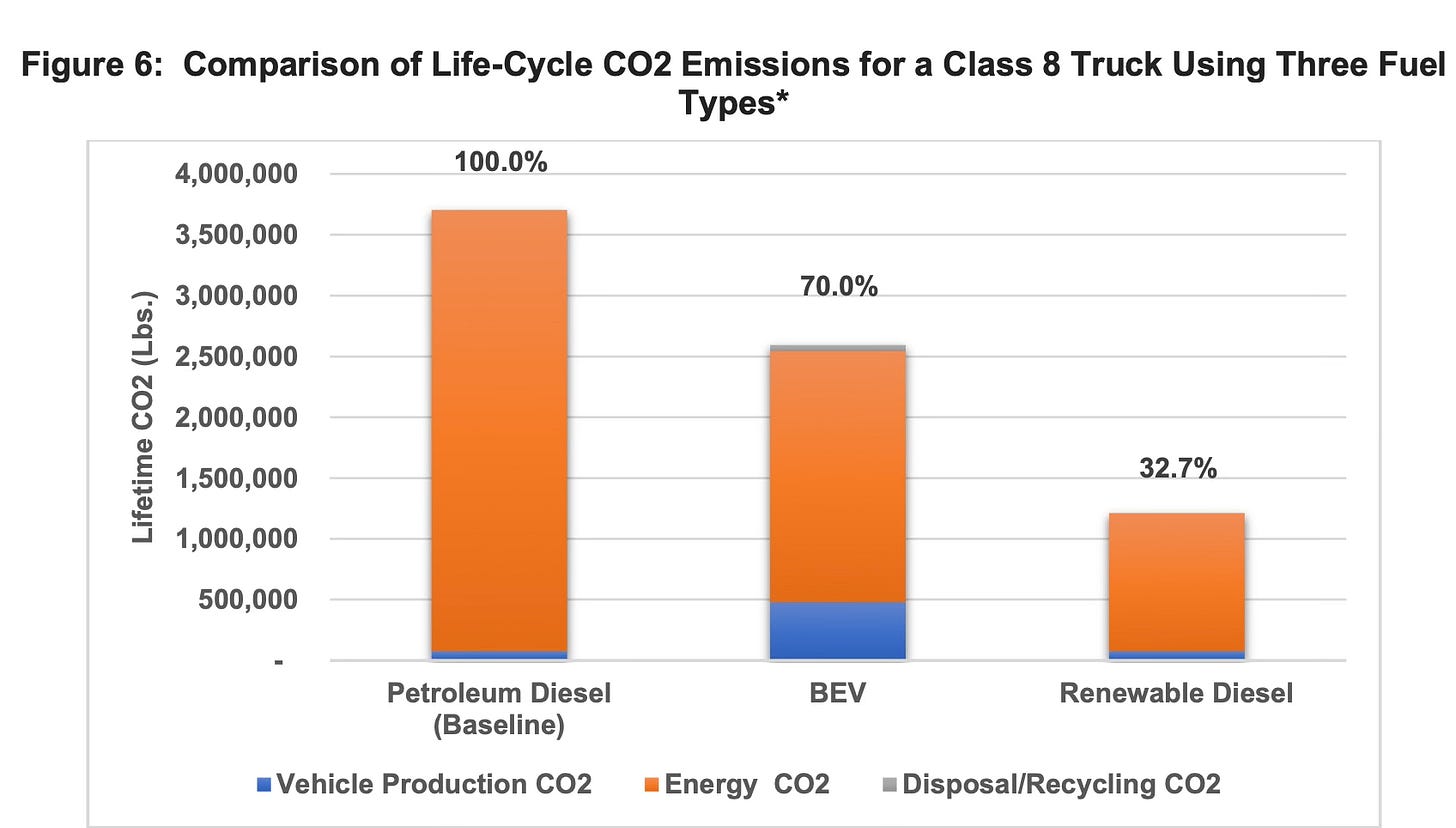Should Croton's vehicle fleet remain diesel fueled rather than convert to electricity? Our Sustainability Czar says yes, for now -- IF it's reduced emission renewable diesel.
Given how dirty local sources of electricity currently are, renewable diesel would be better for the climate than converting to EVs from diesel vehicles, says Lindsay Audin.
When it comes to sustainability efforts, Croton-on-Hudson has stellar ratings—and village officials don’t mind telling everyone about it. Our Sustainability Committee, chaired by veteran energy consultant Lindsay Audin, has worked overtime to rack up not only statewide kudos but hundreds of thousands of dollars in state grants towards even more energy efficient and planet saving measures.
Thus it might have come as a surprise—at least to those who were paying close attention—when, tucked into Audin’s February update to the Croton Board of Trustees on the village’s sustainability efforts, was a proposal that we continue to use diesel fuel in our trucks as well as in the Department of Public Works’s boilers, rather than switch to electrical vehicles and heat pumps.
But Audin was not talking about just ordinary diesel, mostly derived from fossil fuel sources. Nor he did mean biodiesel, usually made from farmed soybean and palm oil, and requiring fossil-fueled tractors and other unclean processing for its production. Rather, Audin is talking about renewable diesel, a relatively new product that gives off fewer emissions and is thus much more climate and environment friendly.
Moreover, unlike biodiesel, renewable diesel—which can be made from organic wastes such as used cooking oils and rendered fat from meat production—is refined using a special hydrogen treatment which makes it chemically equivalent to petroleum diesel. That means it can be put right into a regular diesel fuel tank, and even combined with petroleum diesel if necessary, without doing anything more.
Now, readers might ask, why would we want to do that? Haven’t we been told that we should be switching to all electric fleets, even though the purchase price of EVs is currently much higher than diesel or gasoline powered vehicles? Isn’t that the clean way to go?
It might be, Audin argues, if the electricity we used in our part of New York State were generated using clean technologies. But it’s not. Power generating plants in our area, for example those run by ConEd, rely largely on fossil fuels. The so-called “carbon emission intensity” in Westchester County and New York City is currently at .974 pounds of emissions per kilowatt-hour, compared to only .275 in upstate New York (Long Island is even worse, at 1.209, Audin says.)
In areas like ours, Audin argued in a March 26 technical memo to the Board of Trustees, renewable energy “may be easier and more cost-effective than converting to large electric vehicles” such as garbage trucks, as well as switching to heat pumps in village facilities.
Renewable diesel is relatively new as a fuel source, although California has been using it for a decade due to generous subsidies. (San Francisco has been using renewable diesel in its city vehicle fleet since 2015.)
But in 2023, renewable diesel became available in the Northeast U.S. As Audin told the Board:
“…as of November 2023 – [RD] is fueling New York City’s 12,600 municipal diesel vehicles. It’s shipped to NY by barge from Louisiana. Westchester County Airport and the Village of Tuckahoe now use RD in their diesel trucks… UPS has been using RD in its trucks for years where readily available in the U.S.”
And while Audin may be known as a clean energy zealot, he is clearly not a dogmatist:
“Some climate activists continue to promote electric garbage trucks in Con Ed territory. This may be due to a lack of knowledge/awareness of local RD supply options and local power plant emissions, and/or loyalty to the ‘electrify everything’ concept. Upon being told of RD’s availability, one responded that ‘burning any fuel creates emissions other than just carbon.’ That view ignores the non-carbon emissions from burning natural gas at power plants, e.g., benzene and particulates, and the processing needed to remove H2S gas before it enters interstate pipelines.”
The good news, Audin told the Board, is that renewable diesel is readily available locally. Thus Sprague Energy, a major diesel and fuel oil supplier that has provided fuel to Croton in the past, also currently supplies fuel oil to our local Metro-North maintenance yard.
How long would we have to continue using diesel, even if renewable? That depends on how soon ConEd and other local energy suppliers could start selling much cleaner electricity. The answer, alas, is not all that soon. Audin tells the Chronicle:
“…it will likely be a decade (or more) before our area's electricity is sufficiently clean to make it better than RD for diesel-driven vehicles. That makes RD a medium-to-long term solution. If, somehow, EV garbage trucks become available for about half of their present cost, and Con Ed decides to expand its power lines for fast chargers in our area at no cost to us, then RD may no longer be the best choice for cutting diesel vehicle emissions. However, since there's no renewable gasoline, EVs right now still make sense (even with our dirty power) over gasoline-driven vehicles.”
As for purchasing new vehicles in the meantime, and properly maintaining our aging fleet, Audin says:
“Any new diesel-powered vehicle would be fine if run on RD. The present cost (even with vouchers) for electric-powered trucks of the size needed by DPW is still way too high to consider. Likewise with the fast chargers needed to juice them.”
In his memo, Audin told the Board that Croton currently uses about 28,000 gallons per year of fuel in its diesel trucks and about 5.500 gallons of #2 fuel oil at the Department of Public Works, for a total of about 33,500 gallons. Switching that use to renewable diesel, he calculates, could reduce the village’s total carbon footprint by 15%. “That’s more than all of our carbon reduction efforts so far, combined,” he concluded.
There is one hiccup in Audin’s proposal, however: Switching to renewable diesel, which currently costs about 20 cents more per gallon than regular diesel, would probably cost the village about $7,000 more per year. But he thinks it would be worth it to keep pumping Croton’s momentum as a clean energy community, giving us the smallest carbon footprint at the lowest acceptable cost.
Audin hopes to be able to present a detailed proposal to the Board of Trustees as early as next month, depending on how soon the Department of Public Works completes its own technical review of renewable diesel.
*************************************************************************************************************
To share this post, or to share The Croton Chronicle, please click on these links.
Comments policy: Please be polite and respectful at all times.









The Chronicle article about Leslie Audin's proposal for Croton Harmon Schools to convert to bio-diesel fuel (rather than deploying electric buses) was very interesting. Mr. Audin's position and experience lend credibility to his views, even if his recommendation runs counter to the long running campaign by local environmentalists to convert Croton Harmon schools to electric transportation. Even if "renewable diesel" is a better choice for school buses than electric, as Audin argues, it's important to recognize that electric vehicles, generally, still produce way less co2 and other pollutants than fossil fuels.
Much appreciate Lindsay Audin’s
informative take on renewable diesel fuel.
Vera